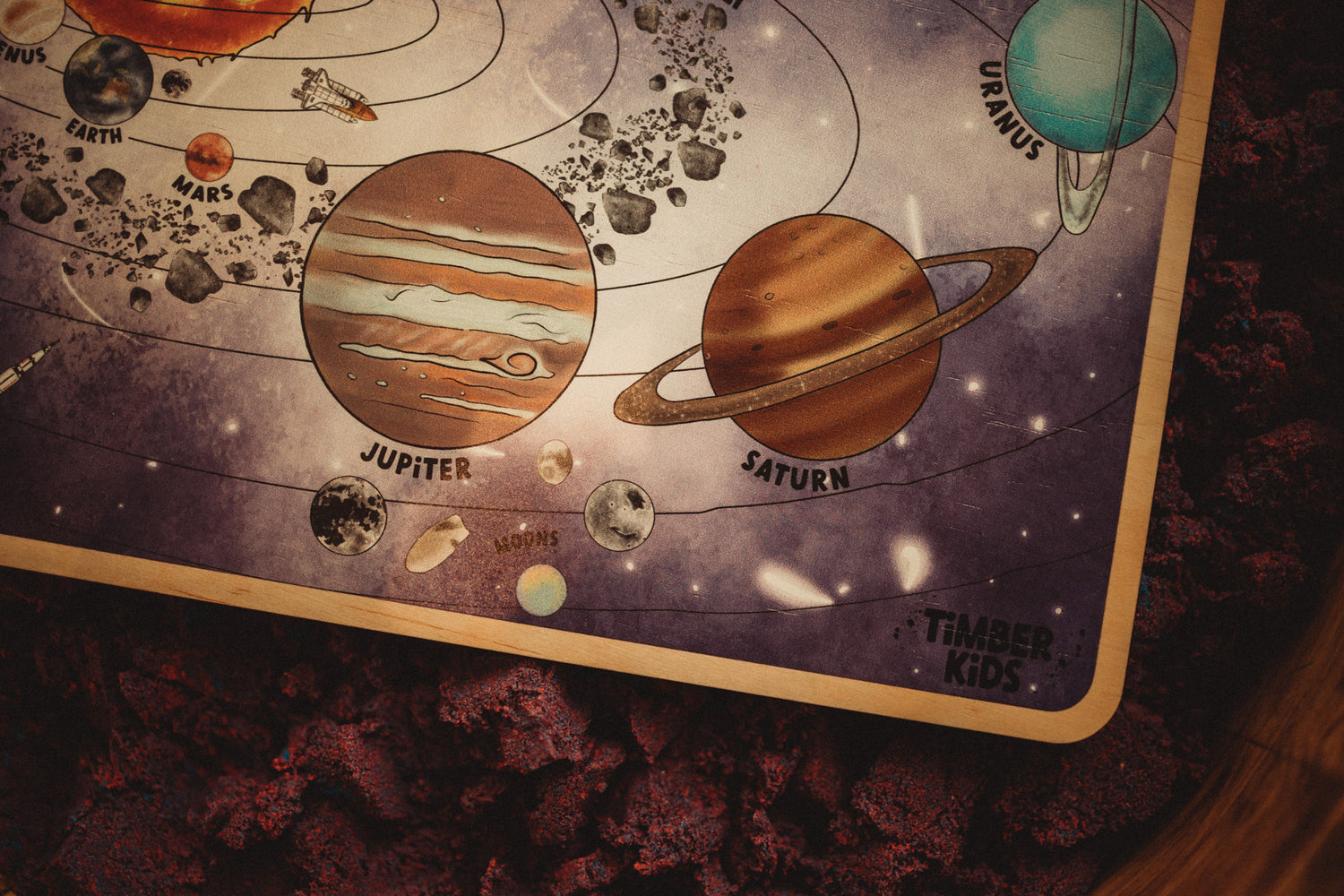Blast Off into Fun with Eco-Friendly Space Toys!

Space has always been a topic of fascination for both children and adults. With the vastness of our universe, there's no limit to the imagination and exploration that space can inspire. As such, space toys have always been a popular choice for kids, offering a fun and educational way to learn about the planets, the Milky Way, and the various celestial bodies that make up our universe.
When it comes to choosing space toys, it's important to choose toys that are made from eco-friendly and non-toxic materials. Not only does this ensure the safety of our children, but it also helps to preserve the environment for future generations.
Here's a summary of some of the celestial bodies that can be explored through space toys:
- The Sun: The centre of our solar system, the Sun, is a massive, burning ball of gas that provides heat and light to all planets orbiting around it.
- Mercury: The closest planet to the Sun, Mercury is a small and rocky planet heavily cratered due to its proximity to the Sun's gravitational pull.
- Venus: Often referred to as Earth's sister planet, Venus is similar in size and composition to Earth but with a thick atmosphere that traps heat, making it the hottest planet in our solar system.
- Earth: Our home planet, Earth, is the only planet in our solar system known to support life, with a rich and diverse ecosystem supporting all life forms.
- Mars: Known as the "Red Planet," Mars is a rocky, desert-like planet with a thin atmosphere and polar ice caps. It is often the focus of space exploration missions due to its proximity to Earth.
- Jupiter: The largest planet in our solar system, Jupiter is a gas giant with a complex system of moons and a distinctive red spot on its surface.
- Saturn: Best known for its iconic rings, Saturn is another gas giant that has fascinated astronomers for centuries.
- Uranus: A distant ice giant with a unique tilt to its rotational axis, Uranus is often overlooked due to its distance from the Sun.
- Neptune: The farthest planet from the Sun, Neptune is also an ice giant with a deep blue colour and a complex system of moons.
- Asteroid Belt: A region between Mars and Jupiter home to thousands of small rocky bodies known as asteroids.
- The Milky Way: Our galaxy, the Milky Way, is a vast collection of stars, planets, and other celestial bodies home to our solar system and countless other systems.
- Moons: Besides Earth's moon, many other planets in our solar system have moons of their own, ranging from small and rocky to large and icy.
Space toys offer a fun and educational way for children to learn about the planets, the Milky Way, and the celestial bodies that make up our universe. By choosing eco-friendly and non-toxic toys, we can ensure that our children can play and explore while also protecting the environment for future generations.





